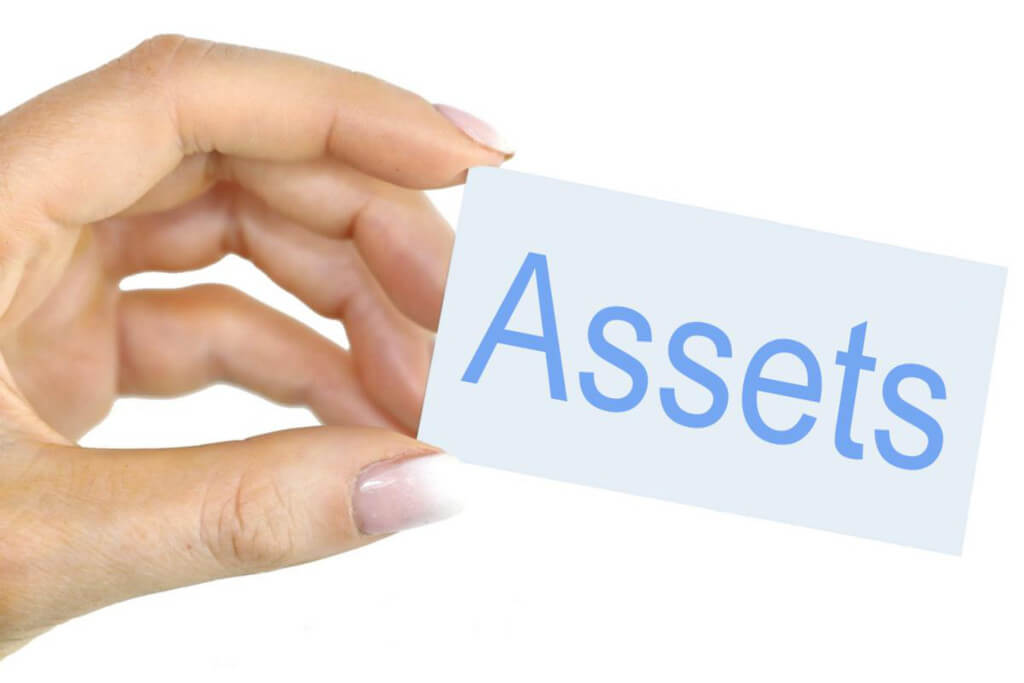Intangible assets are assets that a company owns but which cannot be moved or handled in the same way that tangible assets, such as property or equipment, can. These intangible assets consist of things like copyrights, patents, trademarks, and goodwill, among other things. Even if they aren’t tangible items that you can hold in your hands, they still have significance for your company. You will need to recognize, manage, and amortize your business’s intangible assets if you are the owner of the company. The procedure is as follows.
What is Meant by the Term “Intangible Assets”?
Intangible assets are resources that a company owns but does not hold in its physical possession, but which still provide value to the company. The intellectual property that a company owns can be considered one type of intangible asset. Some examples of intellectual property include music, design features, brand names, software licenses, feature films, client lists, and franchises.
The following are some great examples of the various types of assets that are referred to by this accounting term:
Charity
Goodwill is a term that is frequently used in conjunction with the acquisition of another company. It is the amount paid by one company for another company that is in the abundance of the worth of the assets held by the acquired company. For instance, a purchasing business could perhaps pay $8 million for a company that is only worth $7 million; this would give the purchased firm a goodwill worth of $1 million, which is based on the company’s reputation of the purchased company in addition to other contributing factors.
Copyright
Providing a purchasing company with copyright enables that company to continue producing and selling the services or products that were previously sold by the acquired company. This is an illustration of intellectual property, which is an example of an intangible asset. IP gives businesses worth, both now and in the coming years, for as long as they retain their exclusive rights to the goods or services in question.
Patents
A patent allows a production or research company to have control over the use and sale of a particular design for as long as the patent is in effect. For instance, a company might hold the patent for the only method of producing a particular product that is sold on the market. Another business could buy the company with the patent, assert ownership of that patent, and proceed to supervise the manufacturing of the patented design even after the initial company has sold it. The most important thing to remember is that intangible assets are assets that belong to your company but cannot be physically handled. Examples of intangible assets include copyrights, trademarks, and patents.
Intangible VS. Tangible Assets
Contrary to intangible assets, tangible assets consist of physical resources that can be valued monetarily and are essential to the operation of a business. They consist of movable things that have a financial value and can be viewed or touched, such as items, real estate, or machinery that your company has purchased. When compared to intangible assets, it is much simpler to keep track of and evaluate tangible assets’ value.
Have You Been Informed?
Have we told you… Money isn’t either an intangible or a tangible asset; it is neither liquid nor stable. It is regarded as a financial asset, which is an item that you own and which derives its financial value from a contract terms claim. In other words, a financial asset has financial value. Cash flow, bonds, and deposits in the bank are all examples of financial assets.
Intangible Assets Are Being Paid In Installments
Intangible assets can have their value amortized by spending it down over the period that they are expected to be used. In the same way that tangible assets have a useful lifetime, intangible assets do as well. Accountants monitor the gradual decrease in value that occurs throughout an asset’s useful lifetime.
On the other hand, patents only have a useful lifetime of twenty years, whereas certain components, such as goodwill, have an indefinitely long useful life. Similar to how the age of a company’s machinery plays a role in the overall valuation of its tangible assets, the remaining useful lifetime plays a role in the valuation of intangible assets.
To properly amortize intangible assets, you must first determine how much value the asset will retain throughout its anticipated economic life. You will be able to generate amortization tables with the assistance of the very top accounting software applications currently available on the market.
Certain intangibles do have a predictable life, which is also sometimes referred to as a legitimate life or an economic life. In this scenario, the asset’s total value, also known as its cost, is divided by the amount of time that is still left on the clock for it to be of any use. Software licenses, patents, and customer lists are examples of these types of assets.
Other assets have undefined lifespans that are wholly contingent on the extent to which the company’s brand will continue to attract customers. These assets consist of things like a well-known branded product and goodwill, both of which are more predicated on the growth and reputation of a company than on a specific period.
A straight-line method is a common approach taken by accountants when depreciating intangible assets. For instance, obtaining a patent might set a company back a total of fifty thousand dollars. However, the business only intends to use the patent for the next ten years before moving on to develop a more advanced product, even though the legal life of the patent is twenty years. After that, the business would be obligated to depreciate the cost of the patent over ten years, which would result in an annual depreciation of $5,000.
Acquiring Assets That Are Not Tangible
There are many different routes that companies can take to acquire intangible assets. When a company is acquired by another or merged with another, it is standard procedure to acquire all of the latter’s assets. The following are some additional approaches that could be taken:
A separate purchase is required to acquire intangible assets from an established business; this process is analogous to the acquisition of standard services. Patents and other forms of production rights will be transferred to the buyer by businesses in exchange for the appropriate price.
Grants From the Government
There are some instances in which intangible assets can be obtained at no cost using a grant from the government. A company, for instance, might receive intangible assets from the government in the form of licenses to start operating or rights to the use of land in the form of a transfer or allocation.
Transfer of Assets
One method for the acquisition of a company is the purchase of its assets, followed by the receipt of assets or stock from the acquiring company in return.
Self-creation
It’s not like all assets must be bought; instead, they can be produced in-house for either immediate use or potential sale in the future. In this scenario, businesses rely on the resources they have available within the company to develop intangible resources.
The worth of intangible assets is determined not only by the cost of creating the asset but also by the asset’s potential value in the long run. The value of these assets is impacted not only by the purchase and sale of those assets but also by the effect that a transaction has on the market as a whole.





